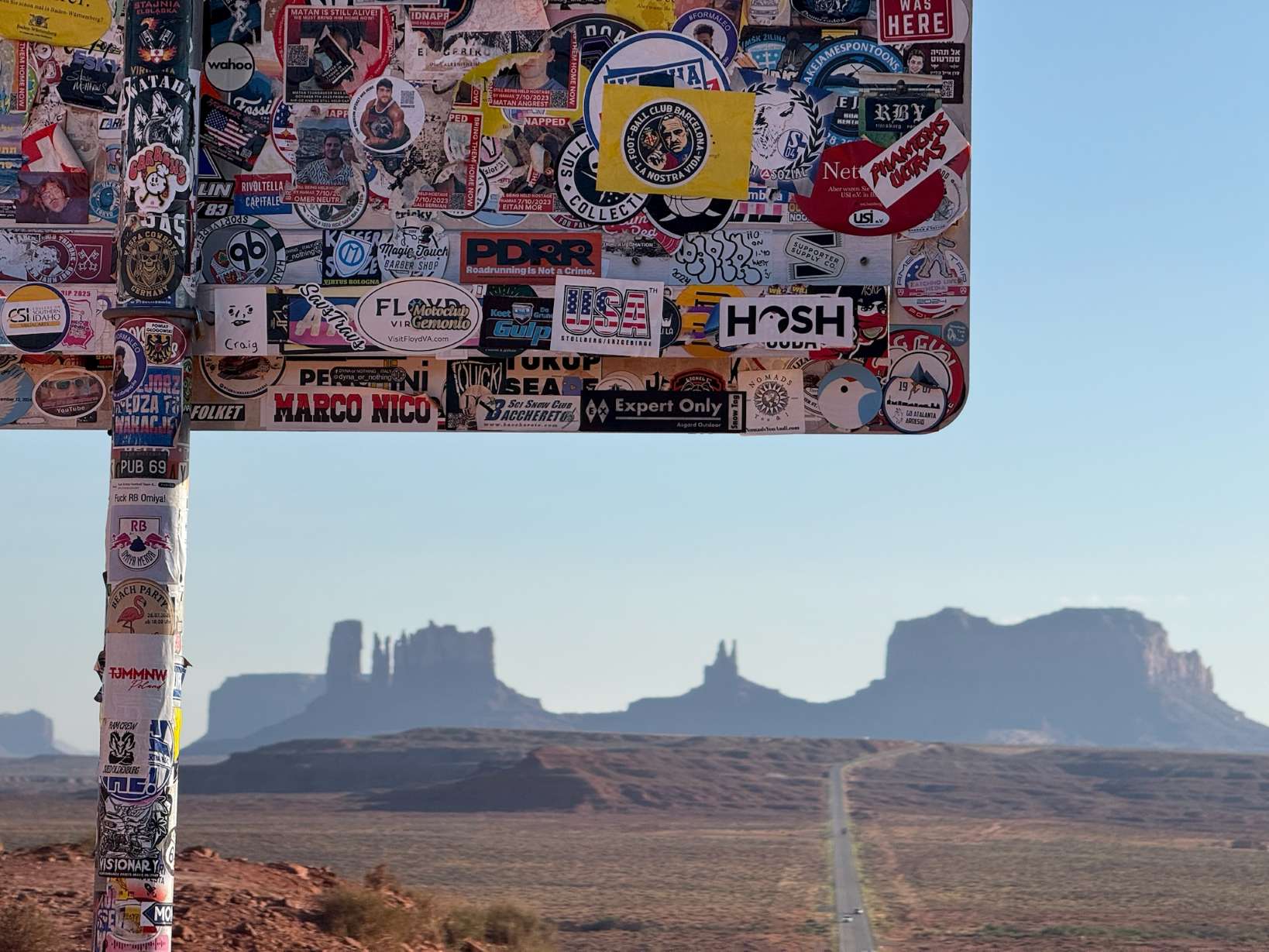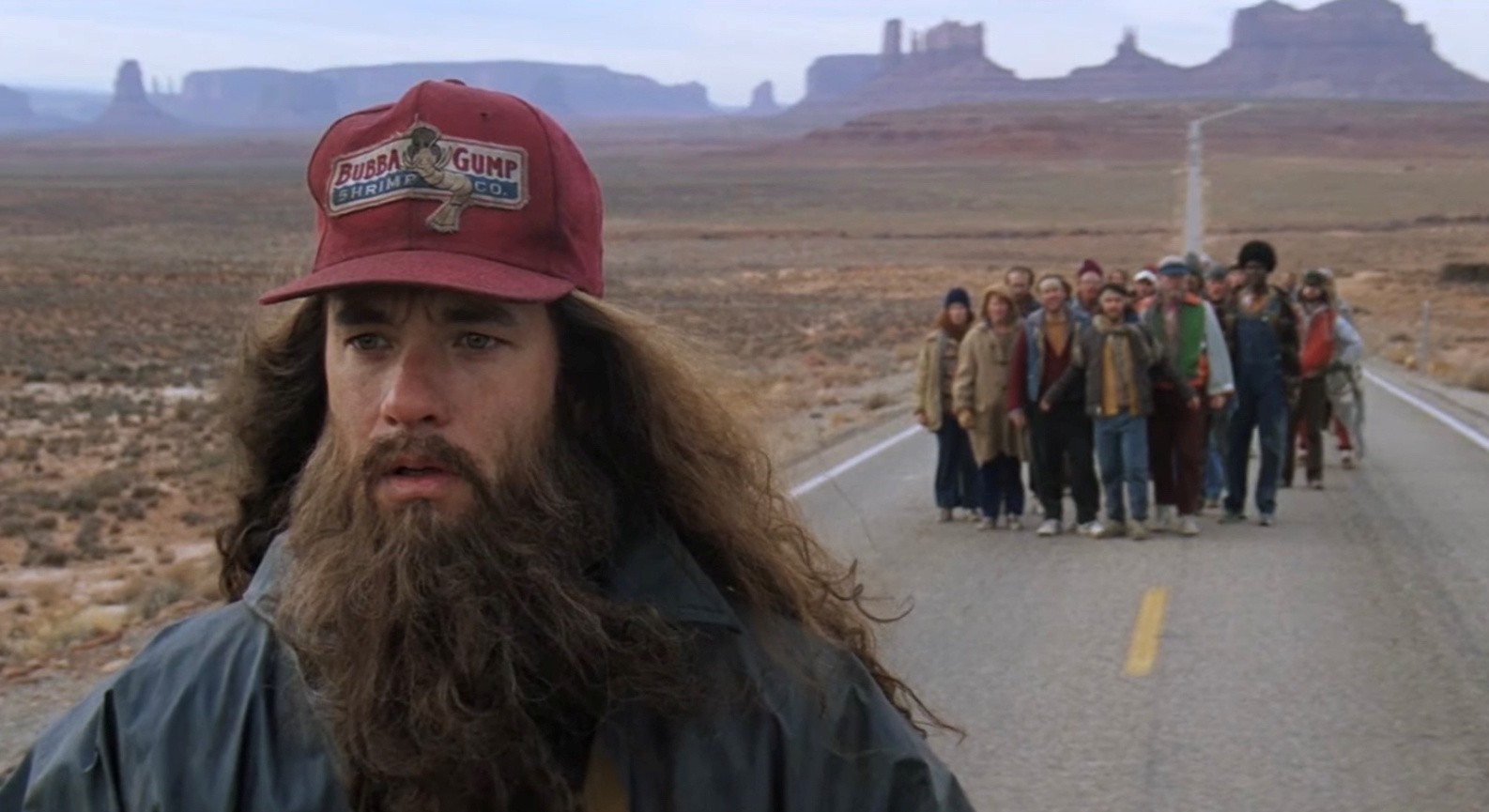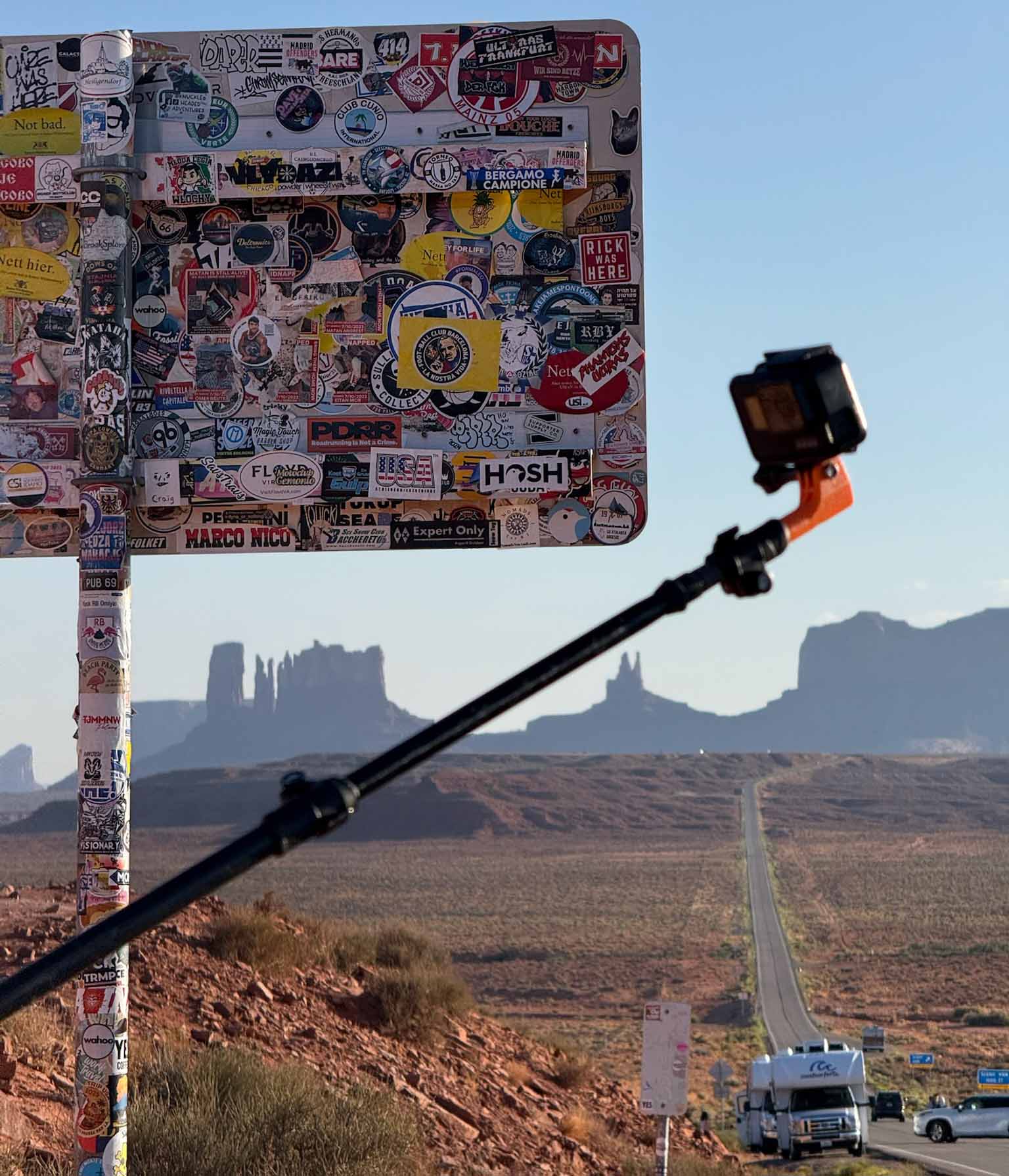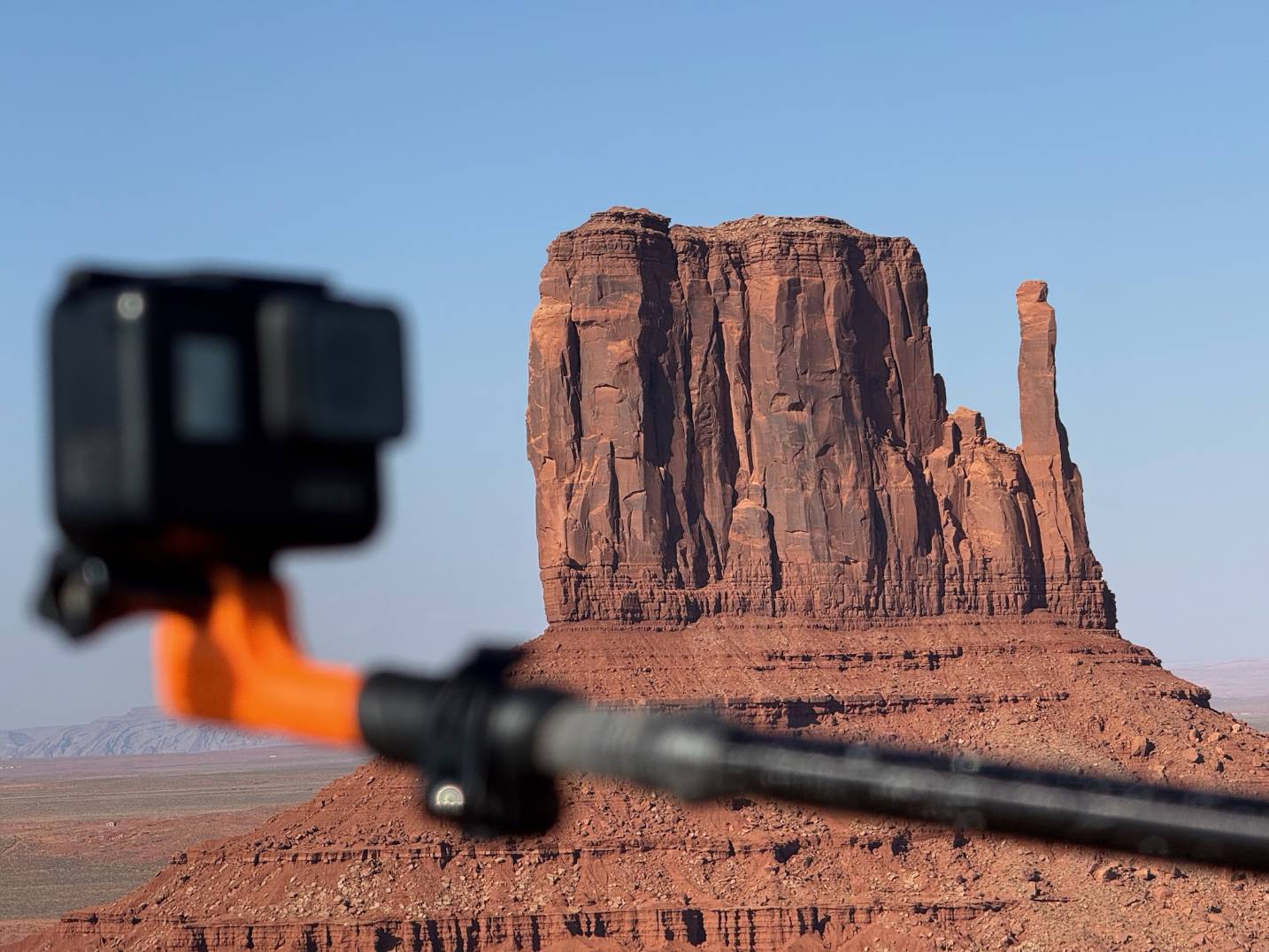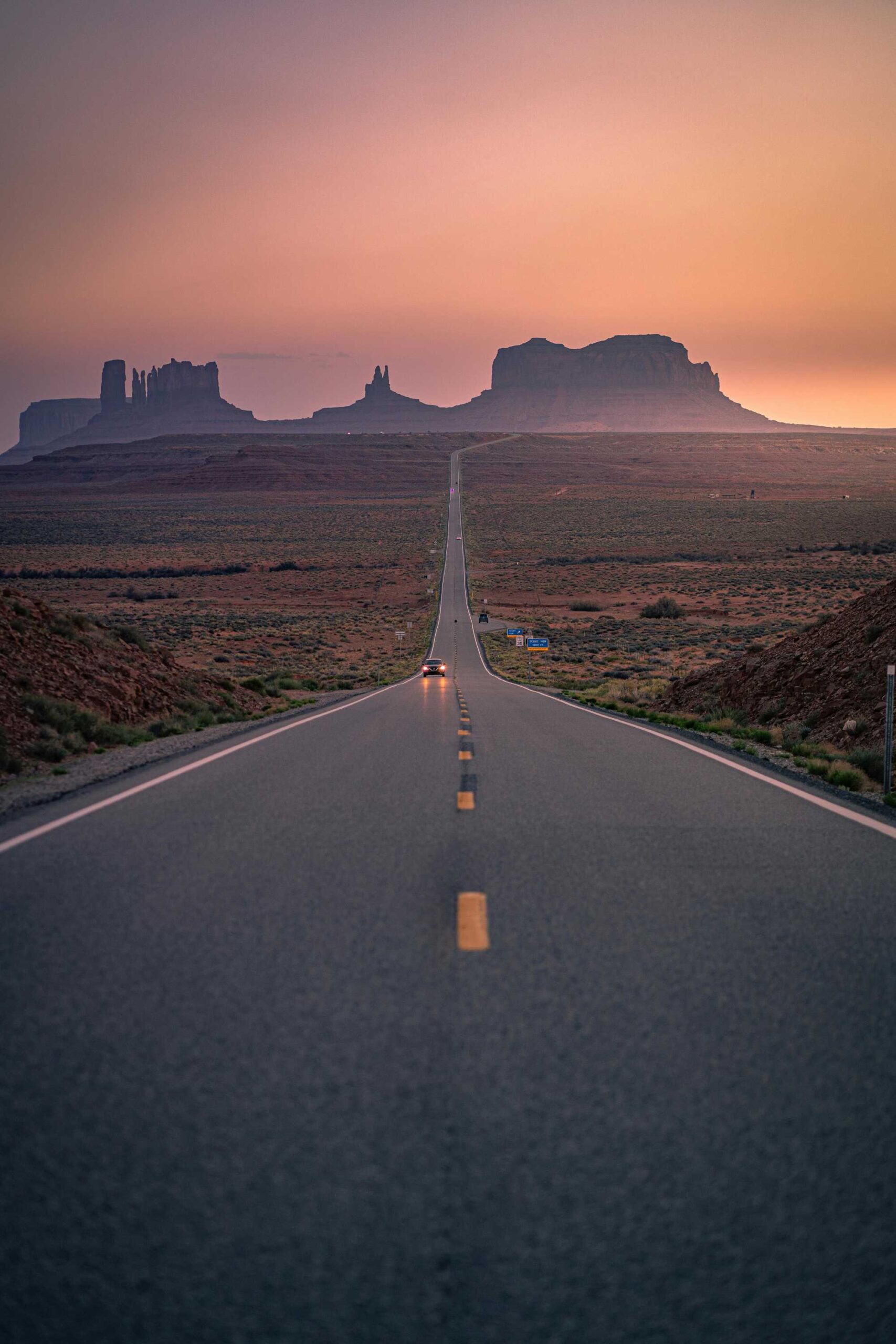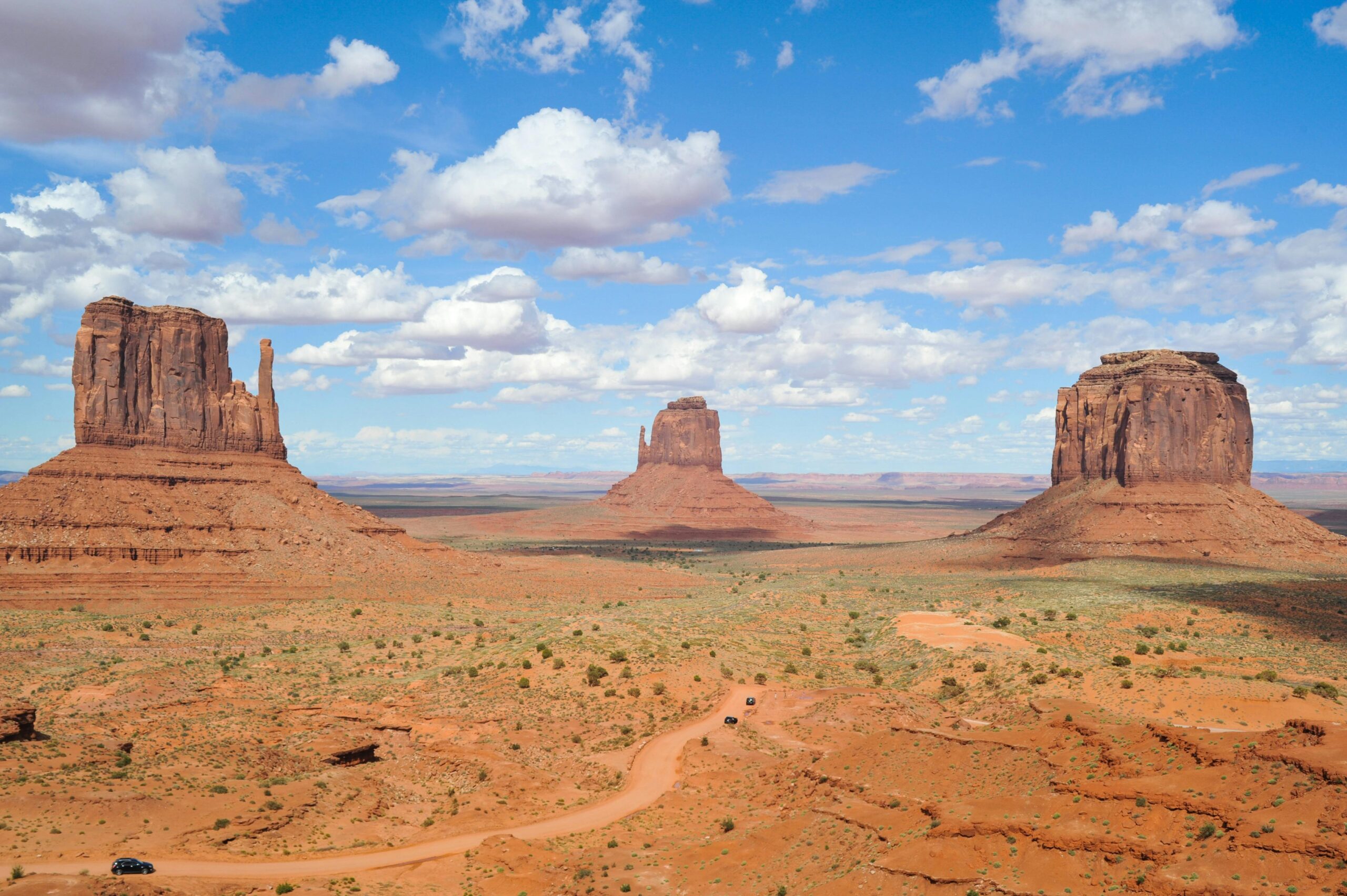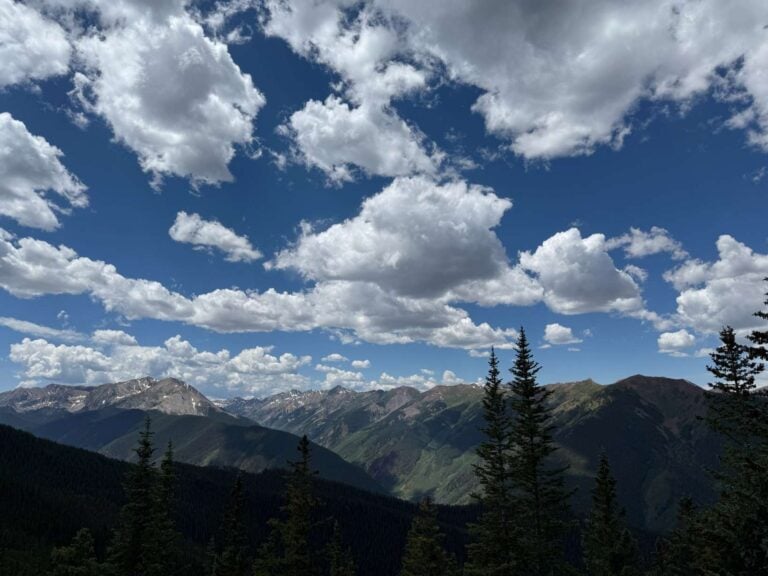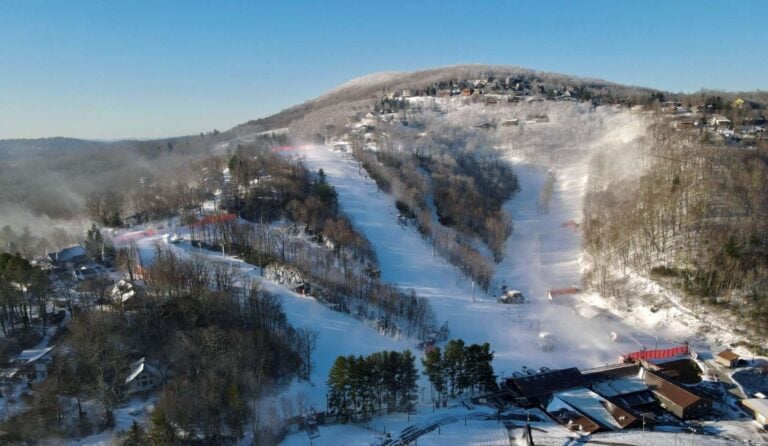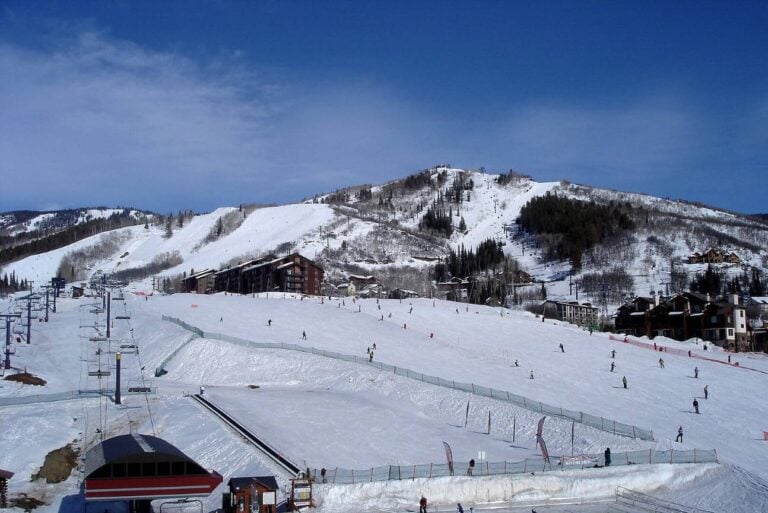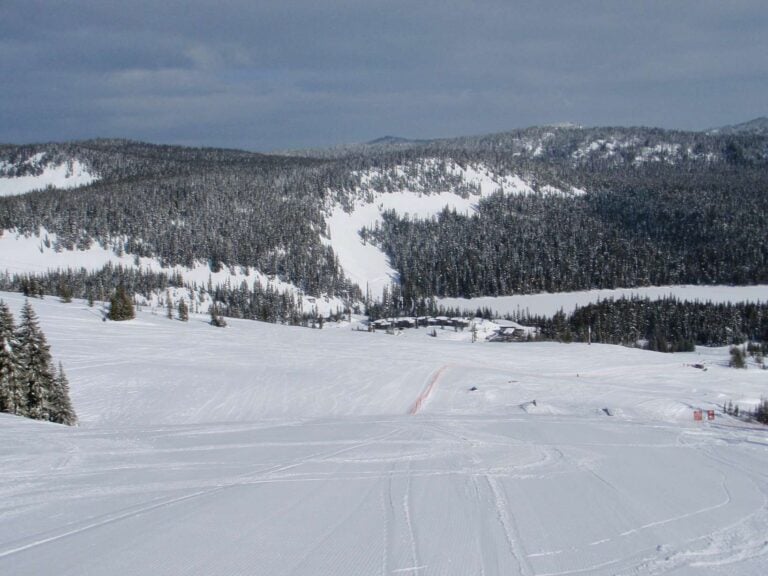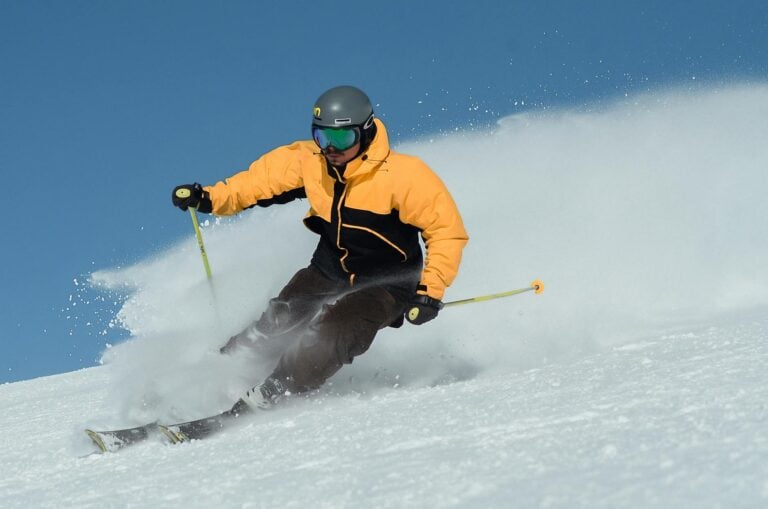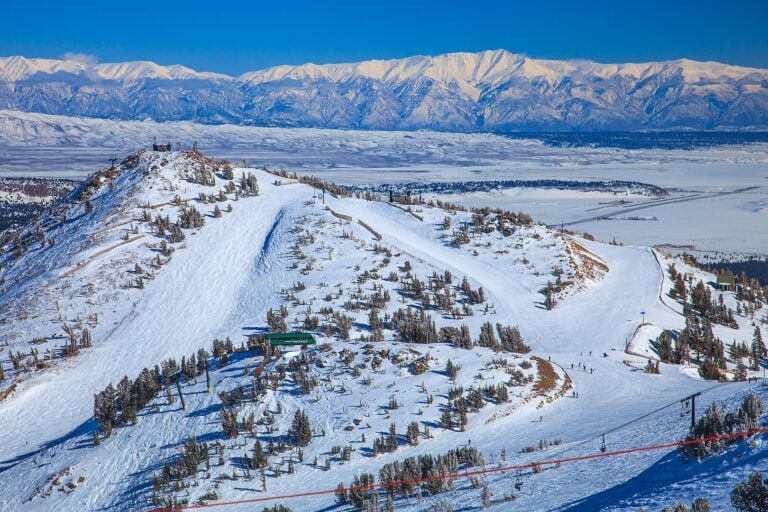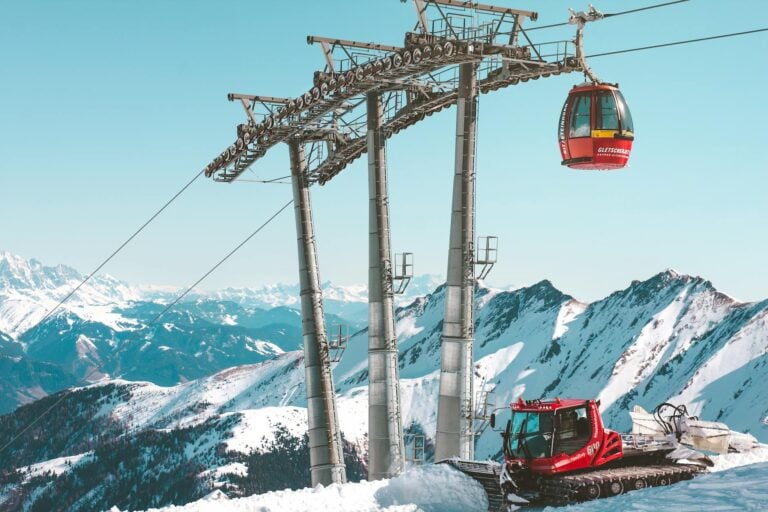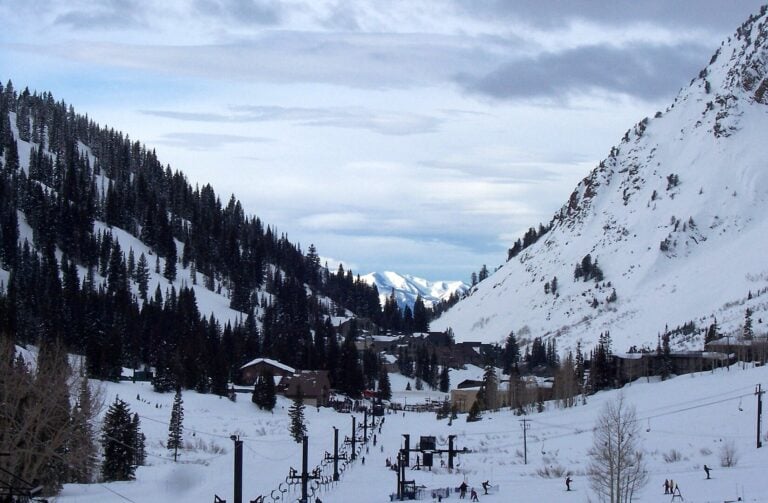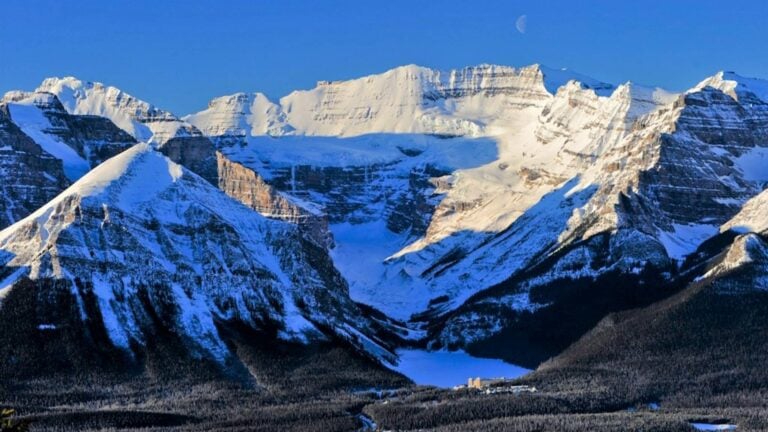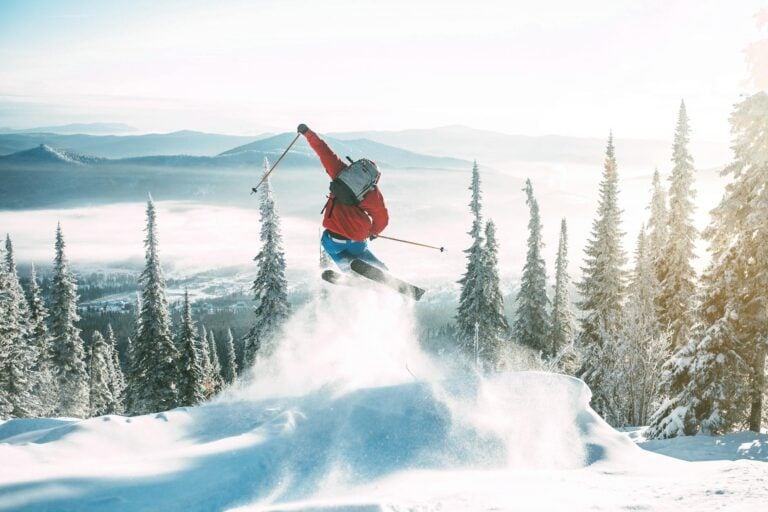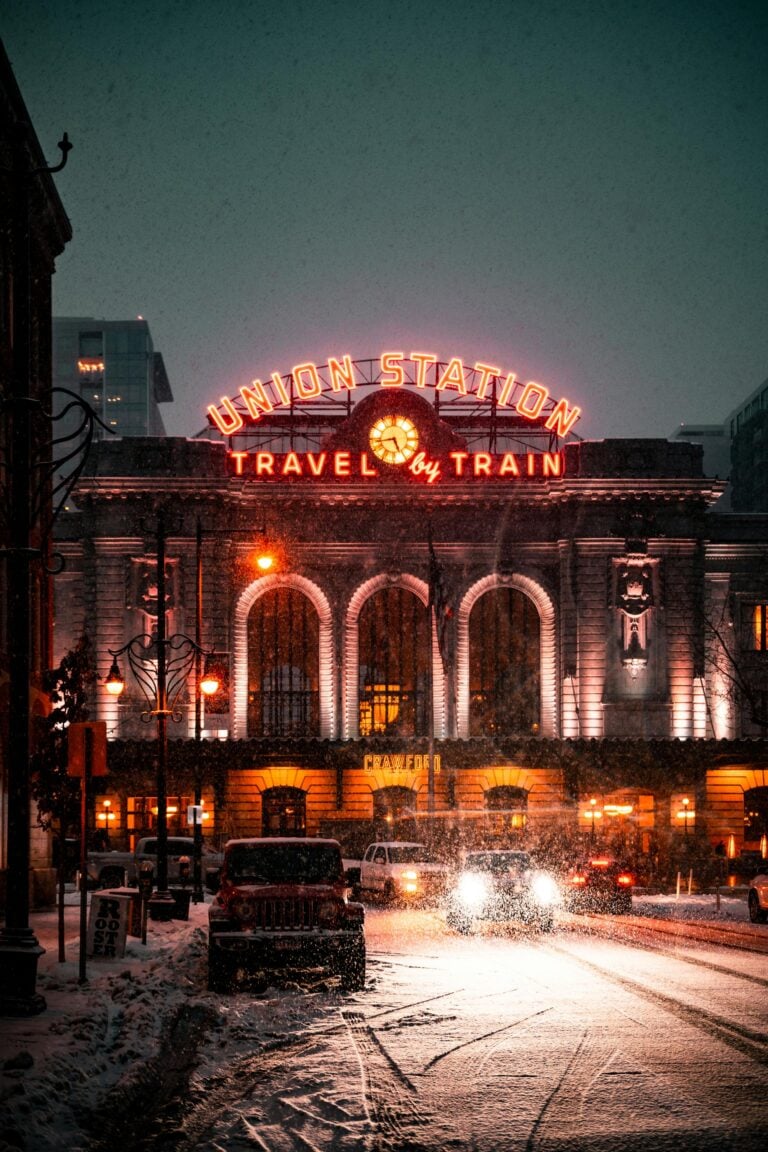When I first decided to visit Forrest Gump Point in Utah, I expected to find a good photo op, a famous roadside view, and maybe a hint of movie nostalgia. What I didn’t expect was how this lonely stretch of highway would become one of the most striking memories of my southwest road trip.
Forrest Gump Point Road signs
Navigating to the Iconic Mile Marker 13 Overlook
Forrest Gump Point sits along US Highway 163, about 13 miles north of Monument Valley Navajo Tribal Park.
This is the exact spot where Tom Hanks’ character, Forrest Gump, stops running in the 1994 film and delivers the simple line, “I’m pretty tired… I think I’ll go home now.”
The location isn’t marked by a grand sign or visitor center—just a modest roadside pull-off and a steady stream of travelers seeking the classic “Forrest Gump Point photos.” Even as you approach, the long ribbon of asphalt unfurling toward the buttes is instantly recognizable from movie stills and travel guides alike.
I arrived at sunrise, which I highly recommend for the best light and the fewest crowds. Standing in the center of the highway (carefully checking for oncoming cars!), I felt a surreal sense of déjà vu.
The landscape is vast and cinematic—towering sandstone buttes rising from the red desert floor, the sky painted in soft pastels. The air was cool and dry, and the only sounds were the soft clicks of camera shutters and distant calls of ravens overhead.
Enjoy the Photo Time
The quest to get ideal Forrest Gump Point photographs requires extended waiting periods. Visitors at the site tried to recreate the film’s famous running scene by kneeling on the ground or standing or running along the double yellow lines.
People arrived in plaid shirts and hiking shoes to dress up but many visitors preferred to enjoy the breathtaking view instead. The best pictures showcase the winding highway that runs through the valley where Monument Valley’s prominent West Mitten and Merrick Butte rise in the distance.
The National Park Service reports that Monument Valley’s sandstone formations reach heights exceeding 1,000 feet above the valley floor while scientists believe they formed more than 160 million years ago.
Directors return to this location multiple times because the valley has been featured in numerous films including Forrest Gump and dozens more.
Road-Trip Logistics
Anyone traveling to Monument Valley Forrest Gump Point should follow these helpful guidelines to enhance their experience. Cell phone service remains inconsistent so it is essential to download maps before arrival.
The closest facilities are found in Mexican Hat which is 8 miles north or within Monument Valley. The parking area lacks restrooms and shade so visitors need to bring water while expecting hot summer temperatures exceeding 90 degrees Fahrenheit. (Check Weather)
The limited parking space at the location becomes more challenging to access during peak tourist seasons although spring and fall provide better weather and smaller crowds. The majority of visitors maintained their respect for the environment by sharing photo opportunities so the area felt peaceful and welcoming.
Monument Valley far view
Standing at this site offers an almost contemplative experience apart from taking iconic pictures. The valley’s light transformations kept me at the site longer than expected. The layered red and orange landscape shows the story of time and erosion to me as I experience a tiny link between movie history and natural history.
Add-On Adventures around Monument Valley
My advice? Make time for more than a simple photo capture. Spend enough time to fully grasp both the tranquil atmosphere and the vast dimensions of this location.
Nearby monument valley is also a good place to go, the park sits outside the fee gate, but you’ll kick yourself if you skip the park. Entrance costs $8 per person (National Parks Pass not accepted). A printed map of Monument Valley comes with your ticket—keep it handy for the self‑drive loop.
The 14‑mile dirt Valley Drive winds past John Ford Point, Totem Pole, and Elephant Butte; high‑clearance vehicles recommended though cars can manage when dry. Allow 2–3 hours with photo stops.
GPS often fails in the buttes, so analog navigation matters; the monument valley map marks pull‑outs and artisan stalls.
Visiting Forrest Gump Point in Utah isn’t just about checking off a bucket-list photo location—it’s about pausing in a landscape that’s shaped both Hollywood dreams and millions of years of earth’s history.
Whether you’re a movie buff, a photographer, or simply chasing great American road trip moments, this place will leave a mark.


